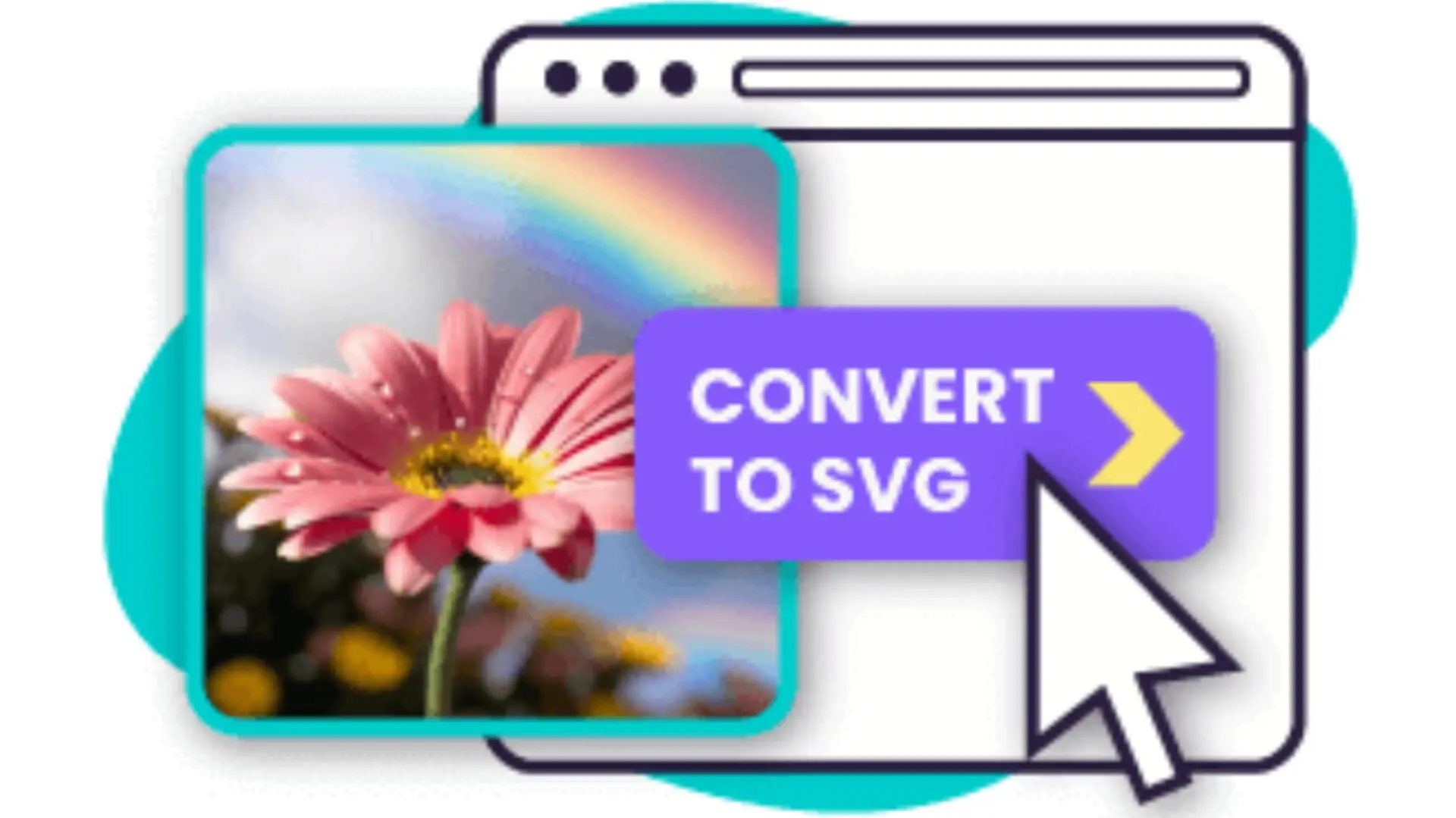Wondering why vector graphics are becoming a go-to choice of web designers these days? Apart from 3D styled graphics, vector graphics are very much in trend, and always have been. The level of quality vector graphics offered is unmatched to other graphic types, and the file size is also site speed friendly.
Whether you are new to the designing industry, or a pro, this article will help you with 5 noteworthy reasons why vector graphics are in demand, and let get started.
1. Scalability Without Loss of Quality
A key reason why vector graphics are in trend is their unmatched scalability. Converting existing images to vectorize images helps you to unlock the ability to resize the images, without losing quality.
Isn't that great?
While raster images can get pixelated or blurry when zooming in, vector images are crisp, sharp, and unpixelated. This feature is particularly valuable for designers who need to create versatile graphics that look great on everything from business cards to billboards.
Whether you are a logo designer, infographic designer, or a web designer, vector graphics will always help you deliver high quality standard work to your clients, which will earn you appreciation.
2. Smaller File Sizes for Faster Load Times
Web development is not just limited to creating stunning sites, but also optimising the user experience. If your client’s requirements include high quality design which loads fast, you would want to use vector images rather than using motion graphics, 3D objects, and whatnot.
According to adobe, raster files are larger in size as compared to vector images, as vector images use mathematical functions to depict the image. While I may not go into technical details, my point here is to help you understand how drastic the file size difference can be.
While some clients may not agree to using vector images, the only option you are left with is compressing the images to reduce size, but that is possible only to a certain level,
Hence, convincing clients to use vector images will help you optimise the speed along with a stunning design.
3. Easy Edits and Customizations
Okay, so let’s assume the client you are working with, wants only custom coloured, say, teal, coloured graphics on the website. In that case, all you need to do is edit the project file in adobe, and satisfy the client, which is not the case with raster images.
Moreover, these edits are very much possible as almost every asset platform provides you a project file of the graphic pack you are purchasing from them, and if you create your own vectors, that’s more than amazing.
These edits, customizations not only provide relief to you as a designer, but also help̧ to set a brand colour, message, and visibility. The ease of editing is also beneficial for projects that require new landing pages, or service pages regularly, as it helps maintain branding rightly throughout the website.
4. Versatility Across Different Media
Vector graphics are incredibly versatiles, which makes them a go to choice for designers who work across various media. After vectorizing an image, it can be used in various places such as print, and digital. This is because vector graphics maintain their quality and size, which makes it easier to work with.
5. Compatibility with Modern Design Tools
The compatibility of vector graphics with modern design tools is another major reason for their rising popularity of vector graphics. When you convert an image to a vectorized image, you open up a world of possibilities with advanced design software like adobe, illustrator, CorelDraw, and affinity designer.
These tools are optimised for working with vector graphics, providing designers with powerful features like edit, filters, enhancing their work. Using vector graphics open various opportunities for a designer.
Vector images Vs Raster Images: Differences
| Feature | Vector Images | Raster Images |
|---|---|---|
| Definition | Composed of paths defined by mathematical equations | Composed of pixels (tiny dots of color) |
| Scalability | Infinitely scalable without loss of quality | Loses quality and becomes pixelated when scaled up |
| File Size | Typically smaller due to mathematical representation | Generally larger, especially at higher resolutions | Editability | Easily editable; individual elements can be modified independently | More difficult to edit; changes often affect the entire image |
| Resolution | Resolution-independent | Resolution-dependent (fixed number of pixels) |
| Best Use Cases | Logos, icons, illustrations, and any design requiring scalability | Photographs, detailed images with complex color variations |
| Performance | Faster load times due to smaller file sizes | Slower load times, particularly for high-resolution images |
| Software Compatibility | Optimized for use with design tools like Adobe Illustrator and CorelDRAW | Commonly used with photo editing software like Adobe Photoshop |
| Conversion | Can be converted to raster images | Can be vectorized, but often with loss of detail |
| Print Quality | Maintains high quality at any size | Quality dependent on resolution; can appear blurry if scaled improperly |
| Animation | Ideal for animation and interactive media due to scalability | Less ideal for animation; larger file sizes can slow down performance |
| File Formats | SVG, EPS, PDF, AI | JPEG, PNG, GIF, BMP, TIFF |

















